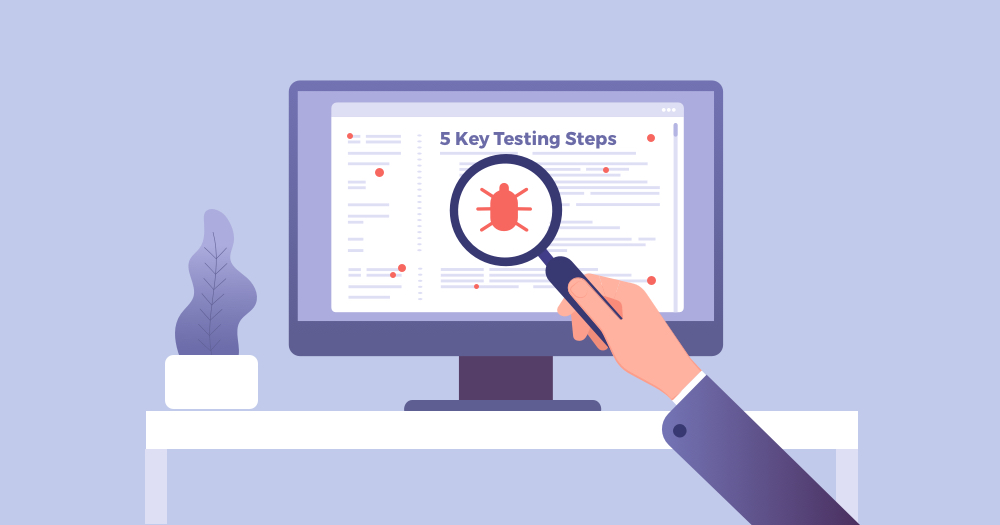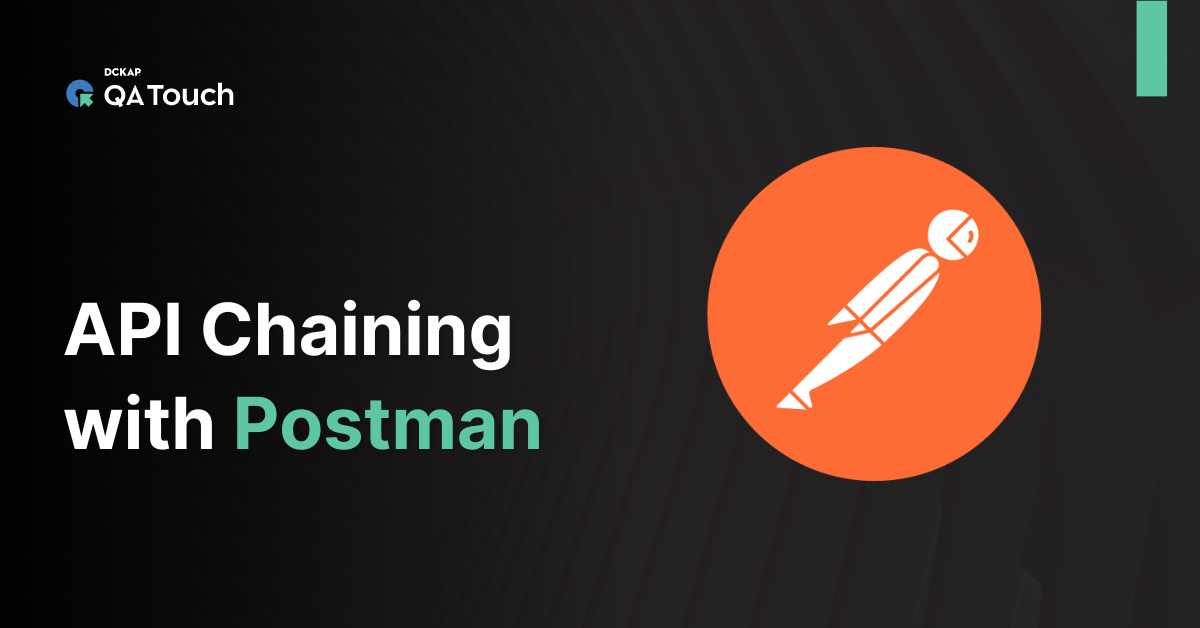“Quality means doing it right even when no one is looking.”— Henry Ford
In simple words Testing right, when no one is looking or following up as per Henry Ford’s quote.
In this blog, I am going to share the top 5 primary software testing steps that need to be followed to uncover bugs faster and achieve higher quality.
Static Testing
Static testing is a testing step conducted to review the project assets like Business Requirements Document (BRD) in the waterfall model, in the case of an agile process it is user stories. Involving testers at the requirements collection phase to understand the requirements clearly. Reviewing the business requirements, and the other design documents will give a complete overview of the project/product. The preparation of test assets like Test Planning, writing test cases will be taken care of in the static testing. The foremost step is testing at the project’s early life cycle reduces the percentage of bugs fixing cost.

Functional Testing
Functional Testing is conducted to confirm the application satisfies its functional requirements. It will be done based on the scripted test scenarios. During Functional testing, we have to do basic functional testing first. There may be hundreds of features and a handful of workflows available in a project/product. But the core business workflow should work seamlessly. For example, in an eCommerce site, placing order is the core business workflow and it should work flawlessly at any time. For preparing the test scenarios based on the core business workflows, the involvement of testers in the requirements collection phase helps a lot. Once the basic functional testing is done, the tester should start working on the detailed test scenarios and testing those scenarios.
To know more read our blogs about functional testing.

Exploratory Testing
Exploratory testing is conducted without any pre-written scripts. Exploratory testing is conducted when you have a lack of time or no pre-defined requirements, you can go for the exploratory testing. Unlike the traditional ways, the tester has to think out of the box and should be curious and creative to do the exploratory testing effectively.
You can learn more about exploratory testing from the blog “What is Exploratory Testing?” and How To Leverage QA Touch For Exploratory Testing?
Reporting Bugs
When a tester tests an application and finding a particular test case or particular workflow is failed, then they have to report it. It is vital to write a good bug report to communicate with the team. A Bug Report is documentation of the occurrence, nature, and status of a defect. This report is necessary to communicate with the developer and project stakeholders about the issue and the impact of that.
A good bug report is necessary to allow anyone to understand and fix the reported issues.
Maintain Traceability & Regression
During software testing, we have to maintain the traceability of requirements, test cases and bugs for each release version to deliver quality release. It helps you to understand, that in one place, you will be able to identify which requirement (functionality) is failed in terms of requirements, test cases and issues. Manually maintaining this will be a nightmare. To ease our job, we have to leverage the right test management tool.
Whenever we modify an application we have to do Regression Testing in the below circumstances.
- Change of an existing feature
- Bug fixes
- Change in the requirements
- Performance tuning
- Software upgrades or migration
Regression testing is conducted to identify the newly introduced feature or bug fixes in a particular release impact in the other places of the application.
To know more about regression testing refer to our blog.
Ensure all these 5 primary Software testing steps are followed in your project and with that note, uncover the bugs faster and achieve higher quality.
So, why are you waiting? Start using QA Touch to improve your software quality!!











